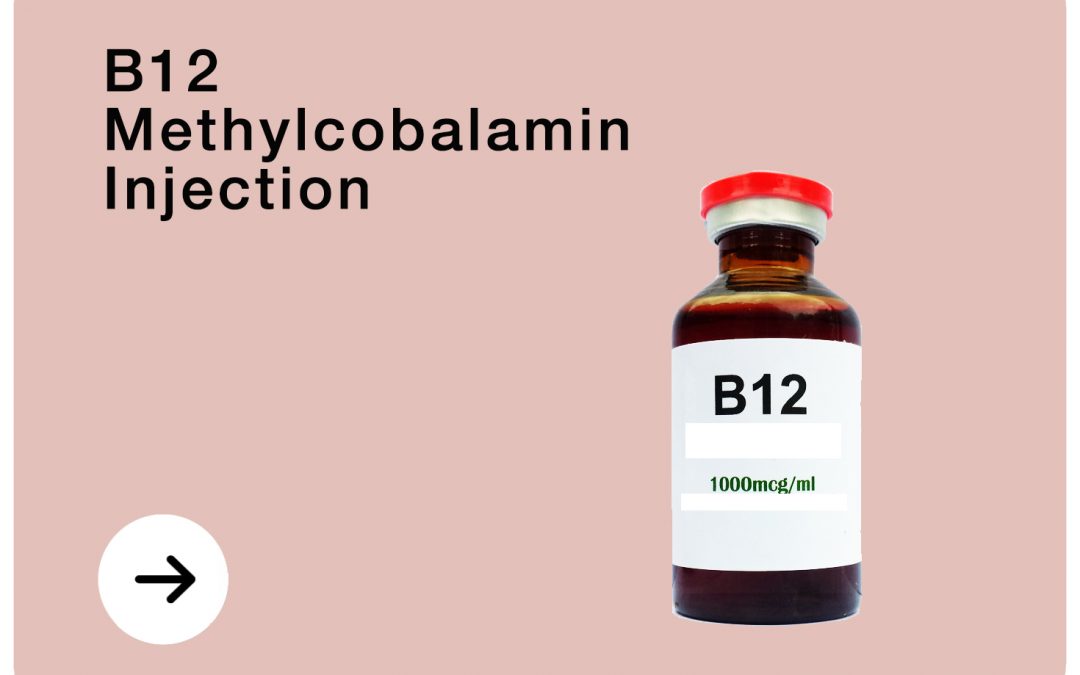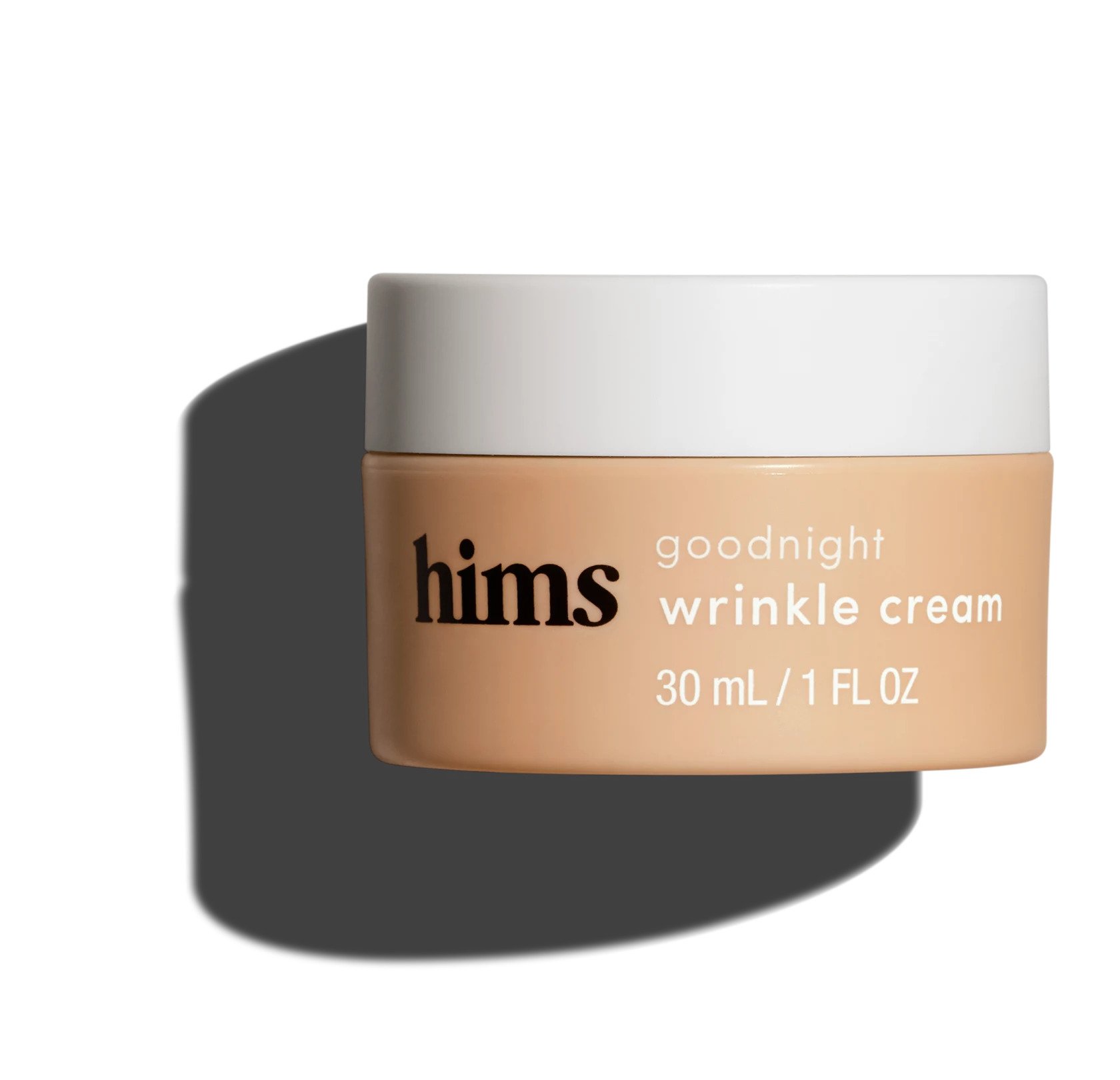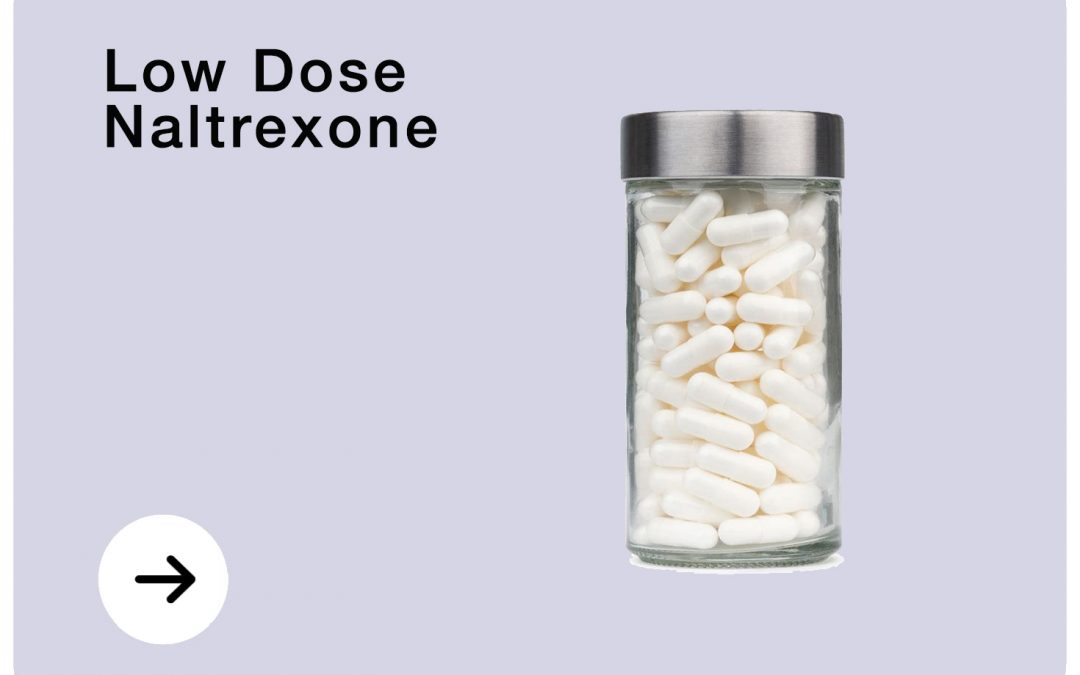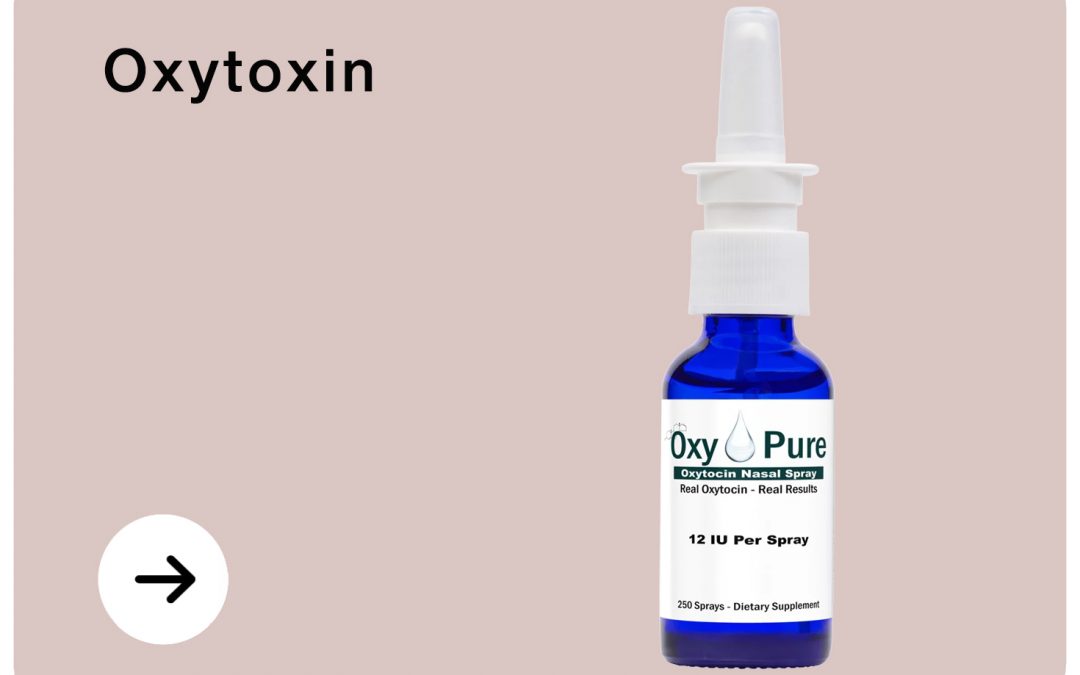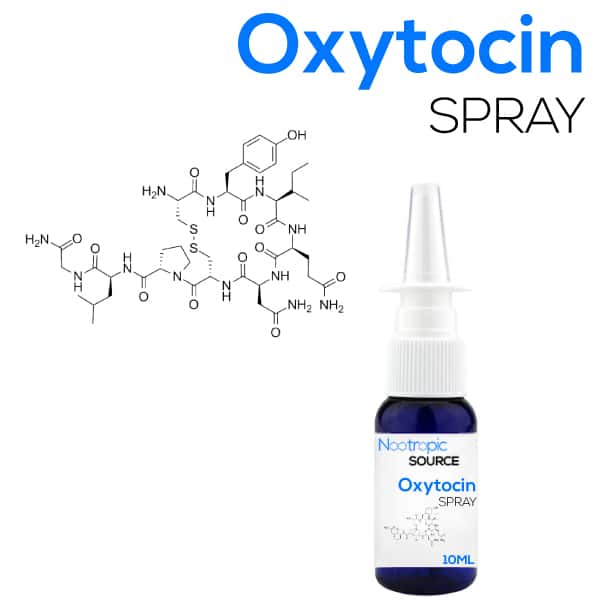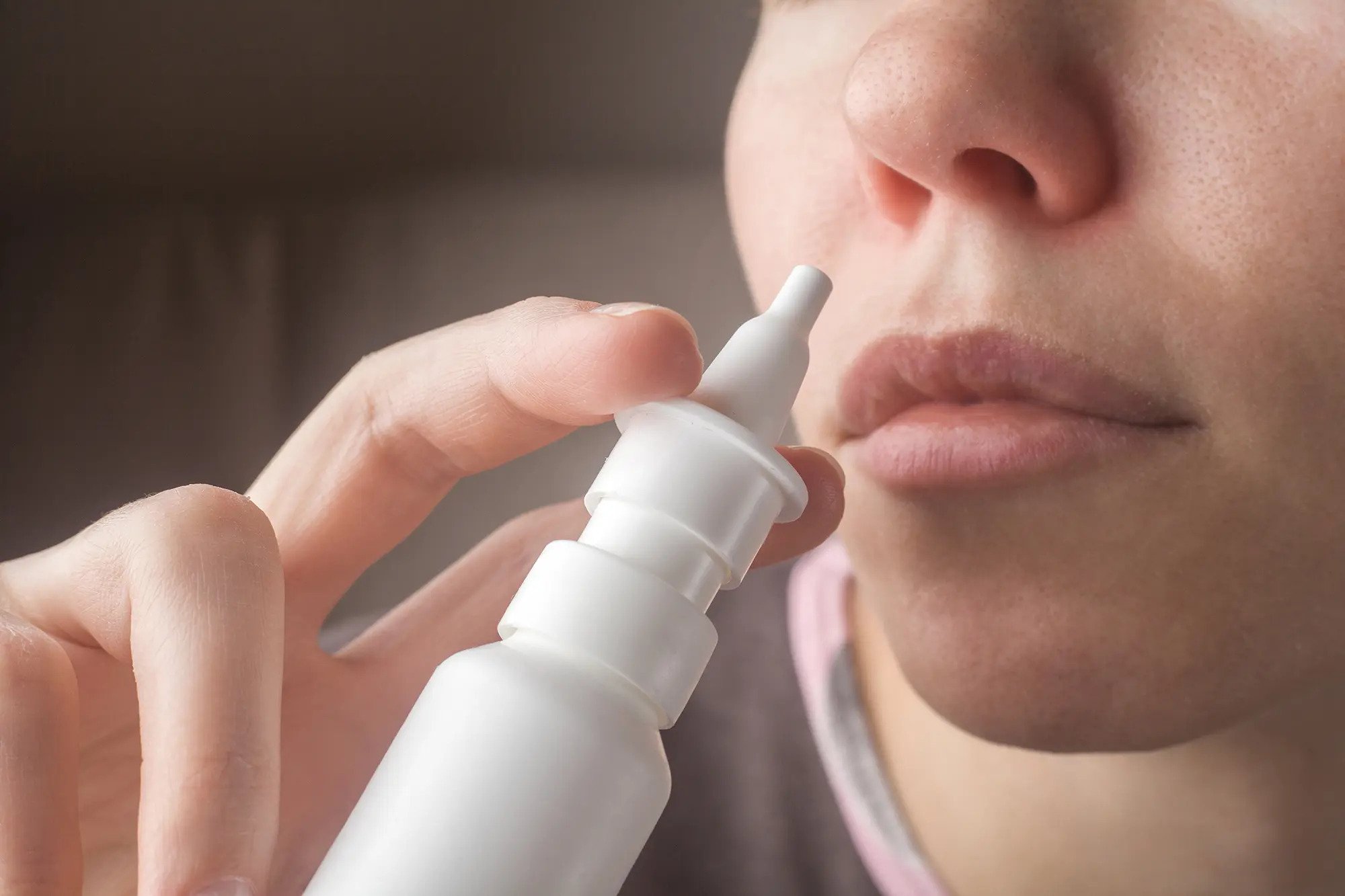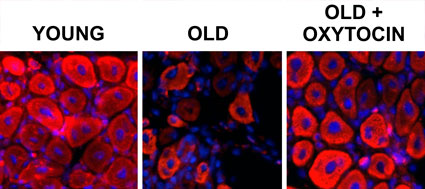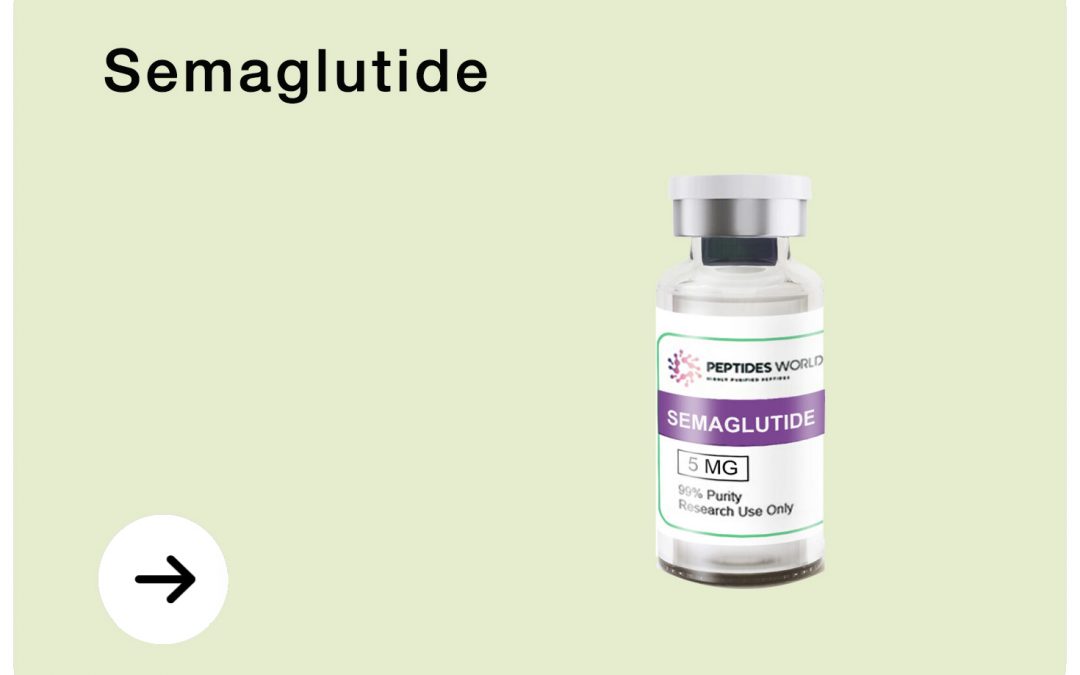
Semaglutide

Semaglutide
Semaglutide is a drug that’s used to treat both type 2 diabetes and obesity.
$24.00
Additional fees may apply
Description
Does Semaglutide Work for Diabetes?
Semaglutide is primarily a diabetes drug, and is approved by the Food and Drug Administration (FDA) for this purpose. The drug has been studied for its efficacy at lowering blood sugar in hundreds of medical trials as we highlighted in our recent Ozempic review article.
A meta-review published in the Diabetes, Obesity and Metabolism journal analyzed data from 7 clinical trials on semaglutide and type 2 diabetes. The researchers found that the drug reduced HbA1c levels (a marker of blood sugar) by 1.01% and 1.38% at relatively low doses.
A separate clinical trialpublished in 2018 found that semaglutide reduced the blood sugar spike after a meal high in dietary fats consumed by obese patients.
An extremely thorough medical review published in the well-respected Drugs journal cited 96 individual medical studies and found that the average range of treatment effect for semaglutide compared to placebo for blood sugar reduction was -0.4% to -1.6%.
We can conclude from the available medical research that semaglutide is effective for treating type 2 diabetes, although its effect on blood sugar appears to be relatively modest.
Does Semaglutide Work for Weight Loss?
This drug is approved for weight loss in both diabetic and non-diabetic patients.
Semaglutide is typically prescribed at a higher dose for weight loss than for type 2 diabetes. The injectable weekly dose used for weight loss is 2.4 milligrams (mg) while the injectable weekly dose used for diabetes ranges between 0.5 and 2 mg.
A clinical trial on injectable semaglutide’s weight loss effect was published in the New England Journal of Medicine in 2021. The aim of the trial was to assess whether the injections could help overweight and obese patients lose weight.
Half of the trial participants received semaglutide injections and the other half received a placebo injection. Both groups also made healthy lifestyle changes like reducing their overall calories consumed.
The semaglutide group lost significantly more weight than the group receiving placebo injections. The average body weight loss in semaglutide patients was 14.9%, while the average body weight loss in placebo patients was only 2.4%. This equates to a weight loss of 37.25 pounds for a patient with a baseline weight of 250 pounds.
How Does Semaglutide Work?
Semaglutide is in a class of drugs called glucagon-like peptide-1 receptor agonists (GLP-1RA). These compounds help normalize glucose levels by activating GLP-1 receptors in the pancreas which causes insulin release.
According to a medical review, GLP-1RA medications may also block the release of a hormone called glucagon which is commonly elevated in type 2 diabetics. Glucagon causes the body to increase blood sugar levels, so the combination of limiting this hormone and increasing insulin combine to be effective for blood sugar reduction.
In regard to weight loss, semaglutide may be effective because it reduces hunger and increases the sense of fullness. The medication delays gastric emptying which causes patients to feel full longer.
Semaglutide Dosage
The weekly dosage of injectable semaglutide ranges from 0.25 mg to 2.4 mg, according to the FDA label linked earlier in this article.
According to the Rybelsus FDA label, oral semaglutide is available at doses of 3 mg, 7 mg and 14 mg.
Doctors will typically prescribe a medication like semaglutide on the lower range of the dosage scale to see how a patient reacts. If the medication is effective, they can remain at a lower dosage which may confer a lower risk of side effects. If the patient is unresponsive, dosage will typically have to be titrated up over time.
Semaglutide Side Effects
The side effects of semaglutide and their severity will likely depend on whether a patient uses an oral or injectable form of the drug.
The FDA label for both forms of semaglutide contains a “black box” warning indicating increased risk of thyroid tumors in some patients. This is the most severe type of warning issued by the FDA, and is used to reference side effects which may be severe or life-threatening.
The studies suggesting potentially increased tumor risk were animal studies, not human studies, but we would still strongly recommend that patients speak with their doctor about this side effect before using the drug. It may be advisable for patients with a personal or family history of thyroid disorders to choose a different medication, but only a doctor can advise such.
Thyroid tumors are a rare potential side effect of semaglutide. The more common side effects are milder.
A medical review on the safety of semaglutide documented the following side effect rates: nausea occurred in upwards of 20% of patients, vomiting occurred in a range of 4% to 11.5% of patients, and diarrhea occurred in 4.5% to 11.3% of patients. Older patients experienced more side effects.
Contact


Semaglutide is effective for treating both type 2 diabetes and obesity.
Its clinical trial results for treating obesity are more impressive in our opinion than the diabetes results.
Semaglutide User Reviews
What a miracle! 9 months later and I’m down 40 lbs, my a1c dropped from 8.1 to 5.6, and I have virtually no symptoms from the drug other than fullness. The symptoms in the beginning did not last long either.
6 months. -65 pounds. Hypertension gone. Pre Diabetes gone. Sleep apnea gone. Lower leg skin breakdown gone.
Follow Us
Subscribe
1235 Divi St. San Francisco, CA 92351

